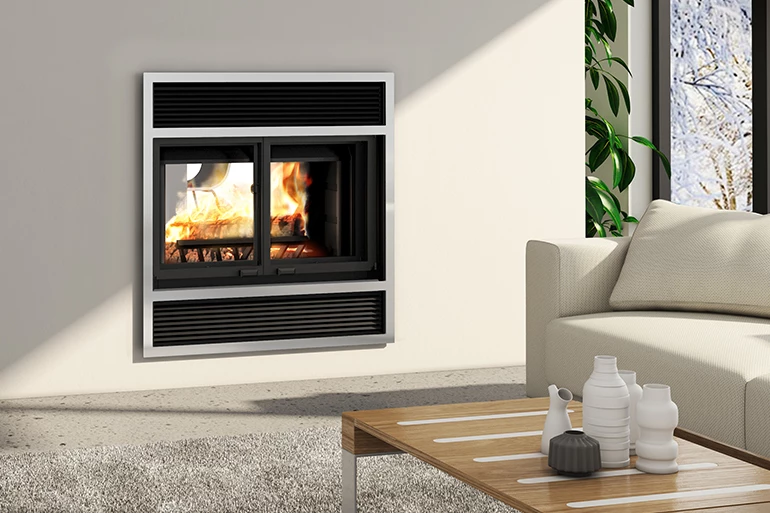Wood Burning Fireplaces Buyer's Guide
So you love the aesthetic of a wood fire, but maybe don't have the ability to install a full masonry fireplace? Or, perhaps you need to upgrade your masonry wood burning fireplace to be more efficient?
Despite changing EPA regulations and increasing interest in energy efficiency, wood burning fireplaces still occupy a large percentage of annual hearth sales in the U.S. and Canada. The appeal of a wood fire and progress towards better efficiency makes wood burning fireplaces relevant and valuable choices for many homeowners today.
A prefabricated wood burning fireplace is a good choice for your needs! eFireplaceStore has a wide selection of these high-quality fireplaces for you to choose from.


